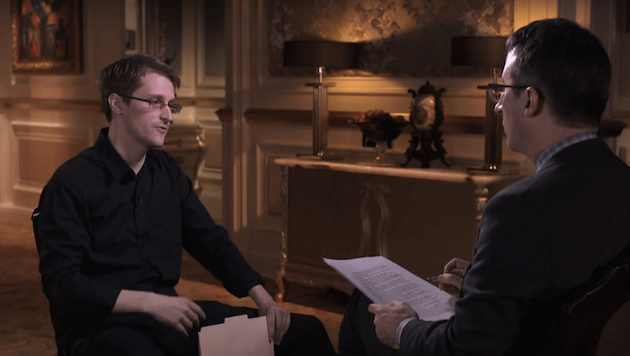Americans eat a ton of chicken—so much so, chicken farmers produce 160 million chicks a week just to keep up with national consumption, according to the latest “Last Week Tonight.” But despite the industry’s massive output, many contract farmers live near or below the poverty line, all while working under the constant fear of losing their jobs. And that’s because the business model is such that farmers own the equipment used to raise the chickens, and corporations own the chickens.
“That essentially means you own everything that costs money, and we own everything that makes money,” Oliver explains.
Perhaps the most damning part of the segment is a defense from Tom Super of the National Chicken Council, who responded to the question of why farmers live under the poverty line with the following: “Which poverty line are you referring to? Is that a national poverty line? Is that a state poverty line? The poverty line in Mississippi and Alabama is different than it is in New York City.”
“What the fuck are you talking about?” Oliver shot back. “It doesn’t matter. The poverty line is like the age of consent: if you find yourself parsing exactly where it is, you’ve probably already done something very, very wrong.”












